PARANORMASIGHT: The Seven Mysteries of Honjo — An Interview with Takanari Ishiyama and Gen Kobayashi
Delving into the topic of metafictionality in adventure games with Ishiyama-san and Kobayashi-san
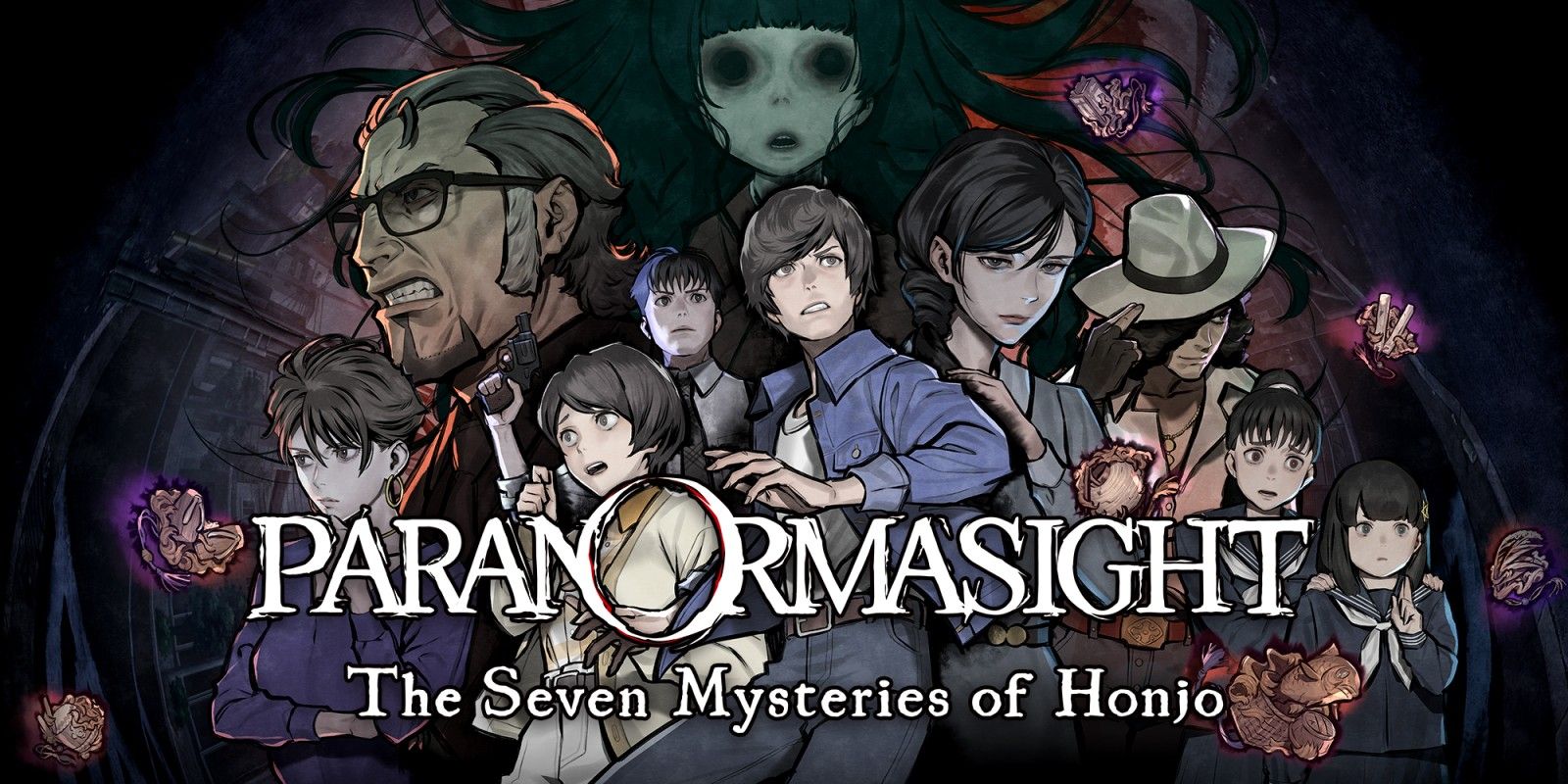
Probably Square Enix's biggest surprise of 2023 so far has been the release of PARANORMASIGHT: The Seven Mysteries of Honjo. This game is definitely not something we usually expect from the JRPG giant here in the West, but it has become a highly acclaimed game by critics and loved by players on Steam.
Although Enix was a pioneer in adventure and Visual Novel (VN) in the 1980s, since joining Square in 2003, Square Enix has never published a game of the genre in the West. Closest to this style was the unusual interactive film The Centennial Case: A Shijima Story, released in 2022. These titles seem to show a fruitful future for adventure games at Square Enix, a claim also borne out by the conversation we had with their developers.

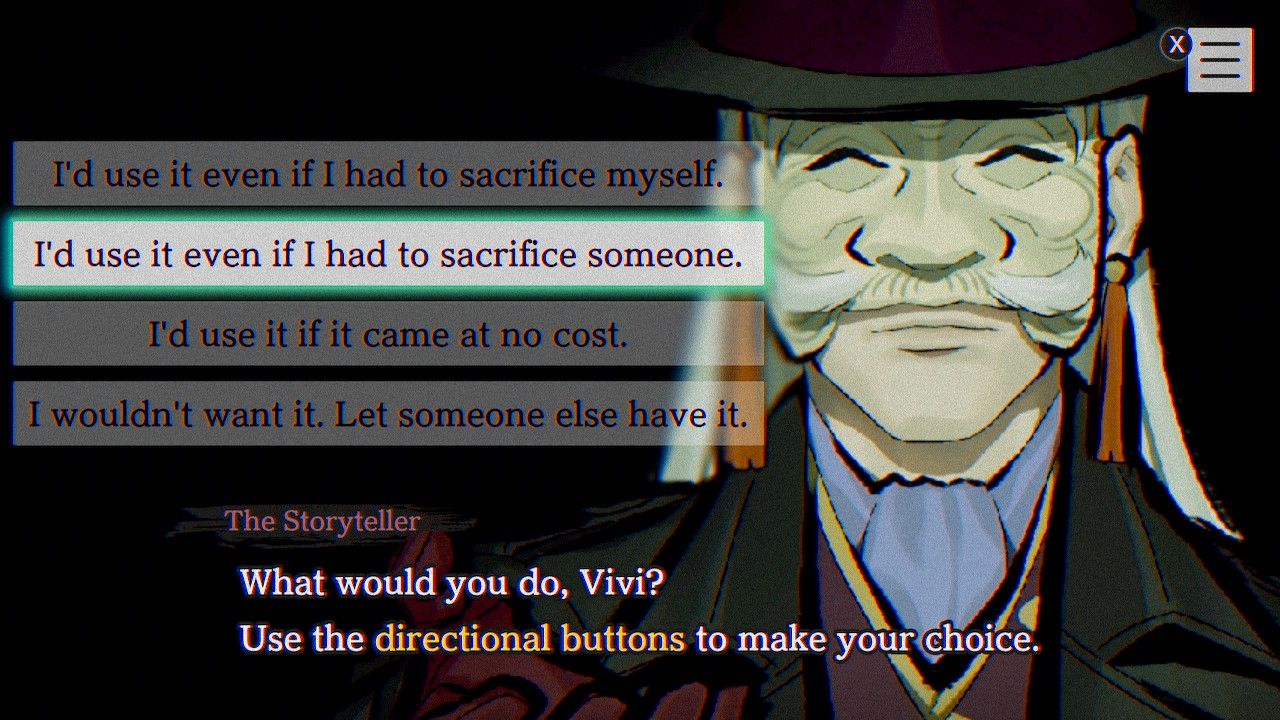
While I was doing my review of the game, I chatted with PARANORMASIGHT director Takanari Ishiyama, who led the design choices for this work. In addition, I also asked a question to the famous character designer Gen Kobayashi, known for his contributions to the Kingdom Hearts series and especially The World Ends With You.
The interview covered a range of topics, including the current state of graphic adventures, the use of historical, religious, and folkloric elements in PARANORMASIGHT, and the game’s unconventional design choices such as metafictional interaction, non-linearity, and character design. I conducted the interview remotely in English, which was then translated from Japanese to English by Square Enix Latam, and subsequently translated into Portuguese for exclusive publication on Nintendo Blast. Now, I present to you the original English version of the interview, exclusively for SUPERJUMP.


Vítor M. Costa: Enix has a long tradition of mystery games and police investigations going back to The Portopia Serial Murder Case (1983), written by Yuji Horii, which was one of the pioneering visual novel games and graphic adventures. After so many years, Square Enix continues to publish games with similar proposals, but with innovations. The Centennial Case: A Shijima Story and PARANORMASIGHT are the most recent examples.
What is it like to make a mystery and investigation game these days? What has changed in the current market for these games? Finally, what new thing does Square Enix offer compared to the classics of the genre?
Ishiyama-san: Text-based adventure is inevitably a niche game genre, but I think the biggest difference is that thanks to a number of masterpieces, a certain market has been established not only in Japan but also in other countries. As a result, the amount of text is substantial, and translation is a challenge, but I believe that by making the game available in multiple languages, we were able to make the project work. PARANORMASIGHT is a title that carefully and meticulously packs high-quality graphics, text, and sound assets into an orthodox system that has been built up over the years. We hope that you'll play the game and determine for yourself how its appeal compares to the masterpieces of the past.
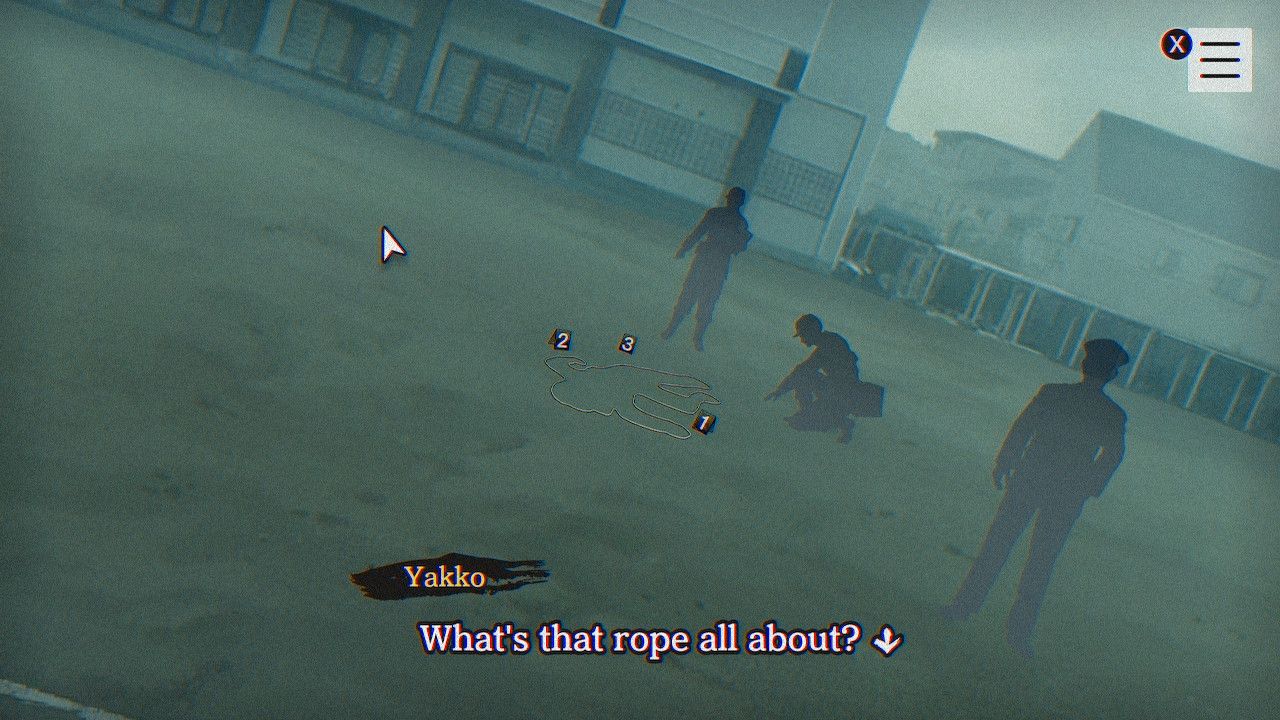
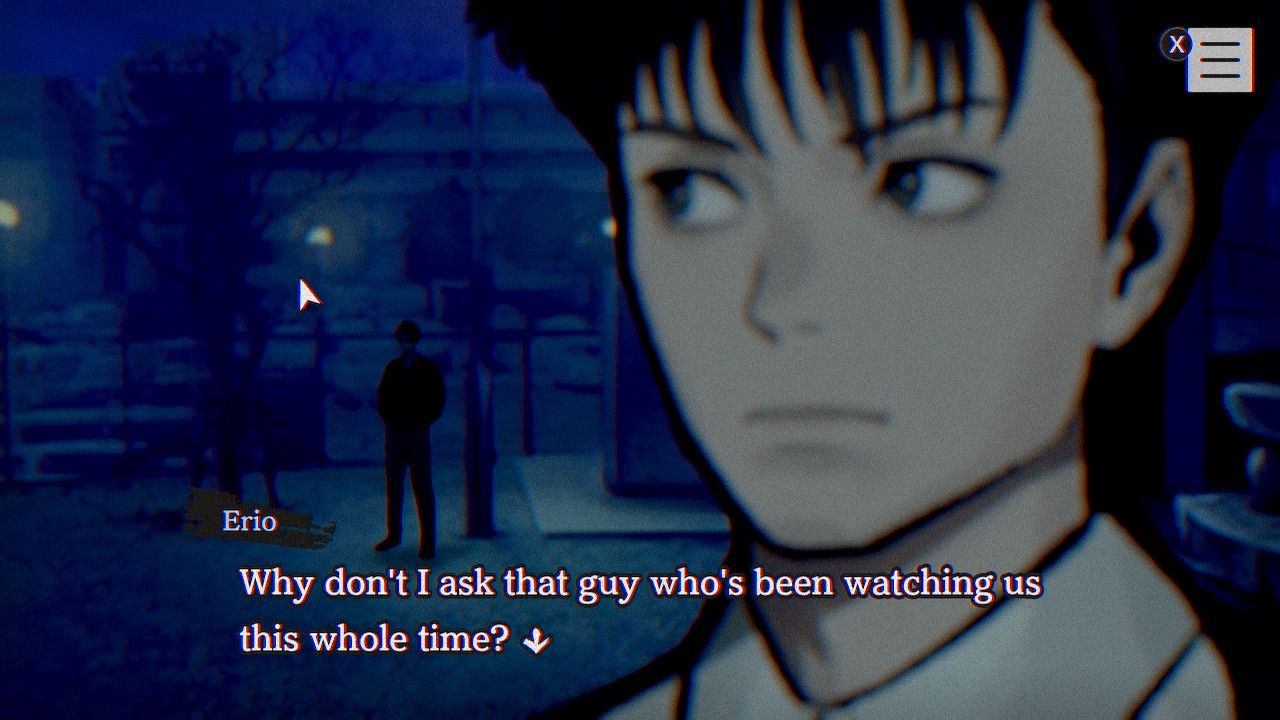
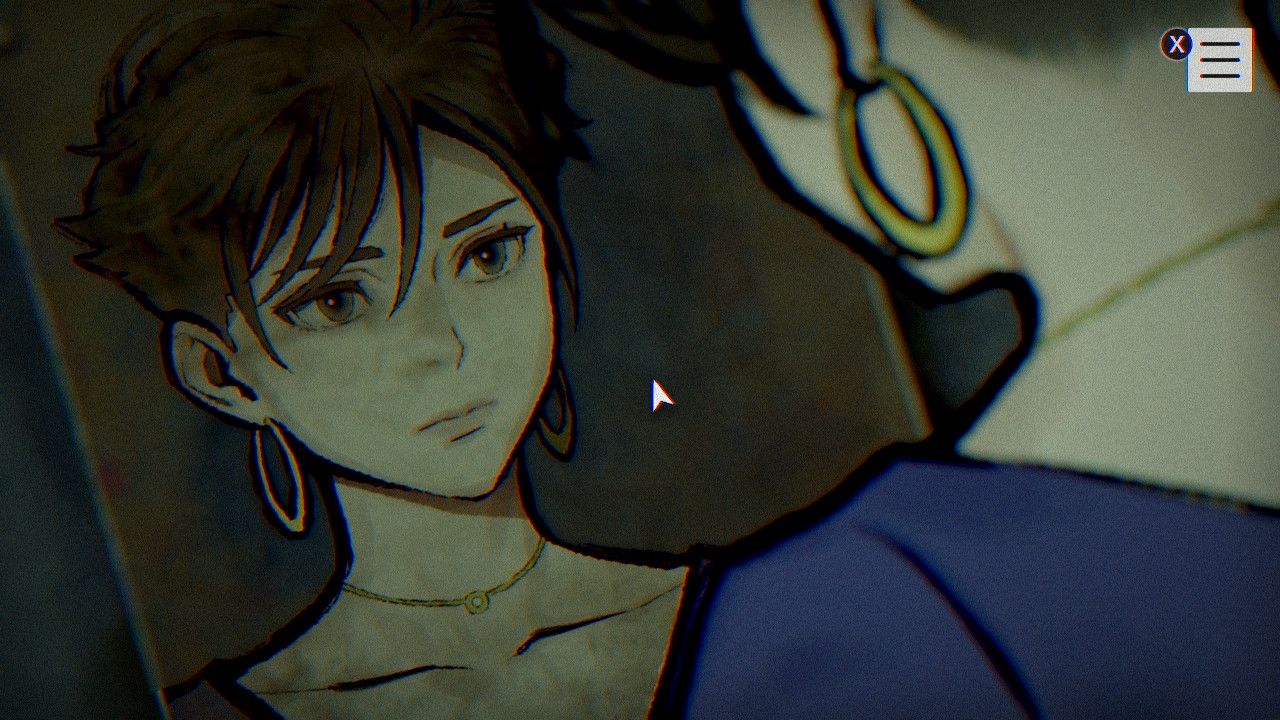
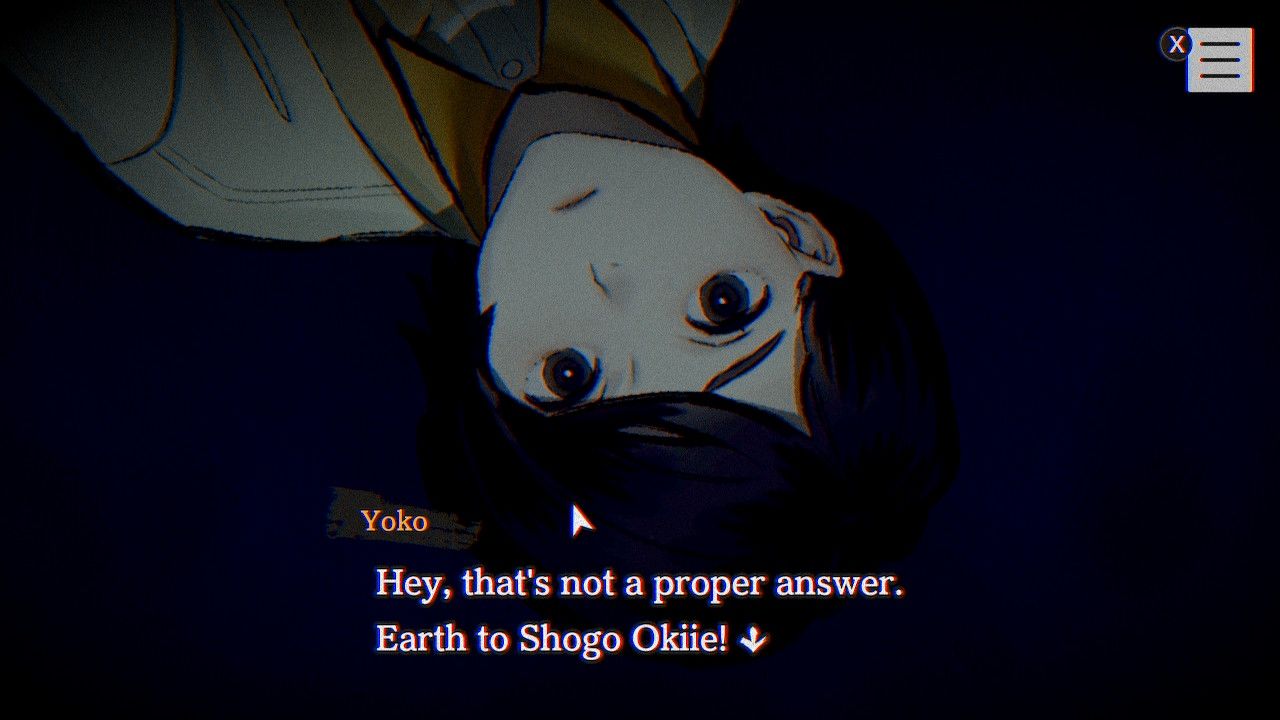

Vítor M. Costa: The theme of interacting with and reviving the dead is present in practically all mythologies, as in the classic Greek story of Orpheus, revealing the human difficulty of accepting finitude since the early days of human culture. In particular, PARANORMASIGHT makes interesting use of non-linear narrative design to show the different perspectives of people willing to deal with sacrifices and atrocities to bring someone back to life. What motivated the choice of the Showa Era? What do you think has changed in Japanese popular thinking on this subject compared to this period in the last century?
Ishiyama-san: In using existing folklore as a motif, we thought it would be effective to create an old-fashioned atmosphere. However, if we were to take the setting back to the early to postwar period of the Showa era*, there would be a large discrepancy with the present day and the realism would be lost. We decided that the late Showa period, when cultural development was progressing remarkably, and when people were thinking about the future and the unknown, was just the right time. I believe that our values toward the dead were the same then as they are now.
* The Showa Period, or Showa Era, is the period in Japanese history corresponding to the reign of Showa Emperor Hirohito from December 25, 1926 to January 7, 1989. Despite being one era, the pre-1945 and post-war period had completely different contexts. The pre-1945 Showa period (1926-1945) refers to the ultranationalist Empire of Japan, while the post-1945 Showa period (1945-1989) was the beginning of the State of Japan as we know it today.
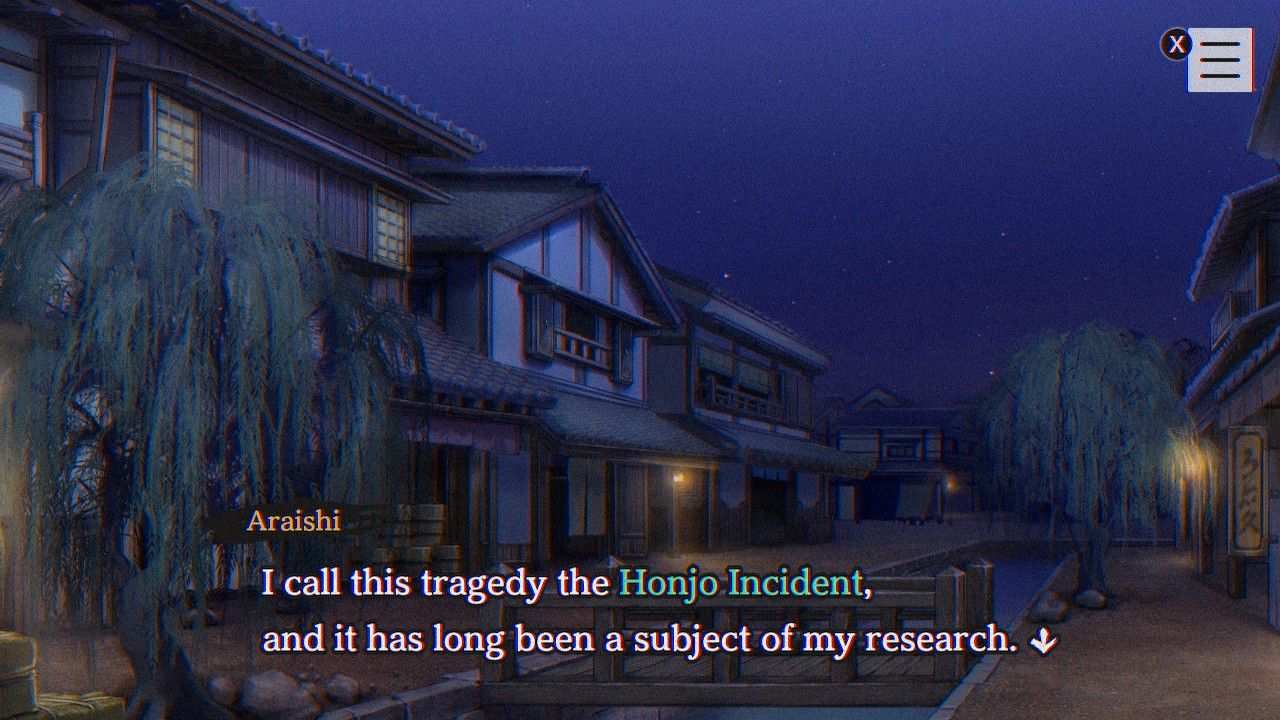
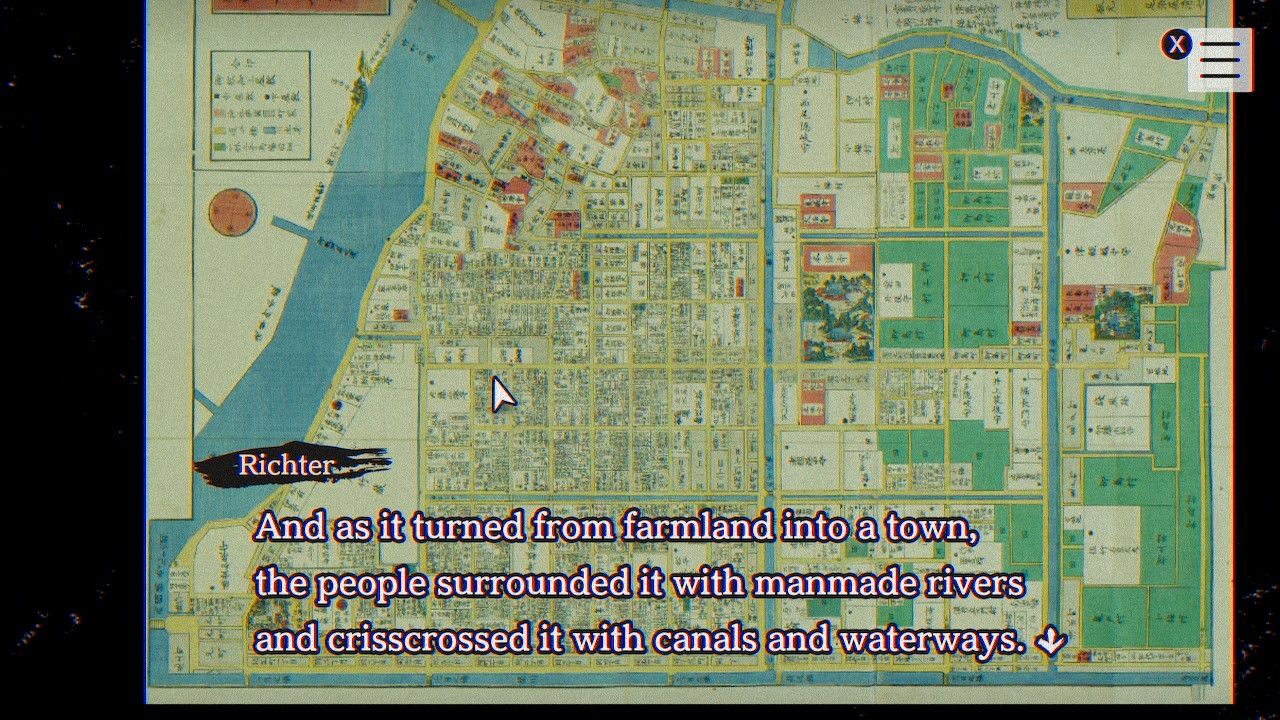

Vítor M. Costa: Within the context of the previous question, there is a moment in the game when a distinction is made between “curses” (in the Japanese context) and “black magic” (in the West). Compared to the West, what would you say is unique to Japanese culture regarding paranormal matters and the difficulty of accepting death?
Ishiyama-san: If I go into too much depth here, it might get complicated with the discussion of religious views, so I'll try to be brief. Many modern Japanese, regardless of their religious beliefs, have the custom of mourning the dead through funeral rites and Buddhist rituals, so I think there is a high level of trust in ancient rituals and Buddhist rites.

Vítor M. Costa: Something unique about the game design for PARANORMASIGHT is how it uses interface interaction and camera rotation to make the player feel not only immersed in the fiction but a part of it. The player is a character watching a TV, but he also indirectly controls and leads different characters within the movie that is shown on TV, making the viewer feel like all the characters at the same time. Where did the idea for this ingenious and mysterious connection between the fictional and the metafictional come from? Tell me a little about your inspirations and what motivated you to use these mechanics to make the player reflect on the themes that the game addresses.
Ishiyama-san: In recent years, we have seen many metafictional works that intentionally separate the player from the characters in order to create an effect that emphasizes the fact that this is a game. In PARANORMASIGHT, the player is asked for his/her name at the beginning, and the game actively incorporates tricks and effects to separate the player from the characters, making it seem as if it is a work of metafiction. I thought it would be interesting to structure the story in such a way that shows the player is actually roleplaying a character who has become a spirit, rather than "yourself," at the end. That was the origin of the idea, and the motivation for adopting it was that I believed players would be surprised and moved in a way they had never been before when they realized the true structure of the story.

Vítor M. Costa: The character design was something that attracted me to PARANORMASIGHT. This is perhaps your most distinctive work, as it combines your unique artistic style with a more serious and realistic theme. Kobayashi-san, what was it like working on character designs for a game like this? What are the difficulties and peculiarities of working with something that is more historical and dark compared to more colorful and stylized characters, like those in The World Ends With You? Can we expect more of your work in this style in the future?
By the way, in contrast to these more realistic characters, I noticed The Storyteller has a more extravagant style. Was this contrast intentional to distinguish the fictional dimension from the metafictional dimension?
Kobayashi-san: It was a very valuable and enjoyable experience for me to be in charge of the character design for PARANORMASIGHT. I have always been interested in designing characters for adventure games, so I was very happy and had a lot of fun while working on this project. However, in my past jobs, I have often designed relatively stylized characters, so I was a little concerned about whether users would accept the more realistic forms of the characters. Especially since the game’s worldview inevitably results in a more subdued/plain design for the character, I discussed with the director, Mr. Ishiyama, to determine the best way to express the character’s individuality through facial expressions and poses*.
Regarding the stylistic development of this work, the project team would like to make PARANORMASIGHT into a series, and if that happens, we will be able to showcase new art in the next title. Regarding The Storyteller, he is a special being that transcends time, and we have designed him to be timeless and mysterious so that you can perceive this at first glance.
* One differential of Kobayashi-san’s work is the expressiveness of his characters. This is very noticeable in his characters for The World Ends With You series, but in PARANORMASIGHT this style has realistic traits that show with more tension and immersion in the feelings of the characters, especially those with a negative charge of fear, remorse, or sadness.

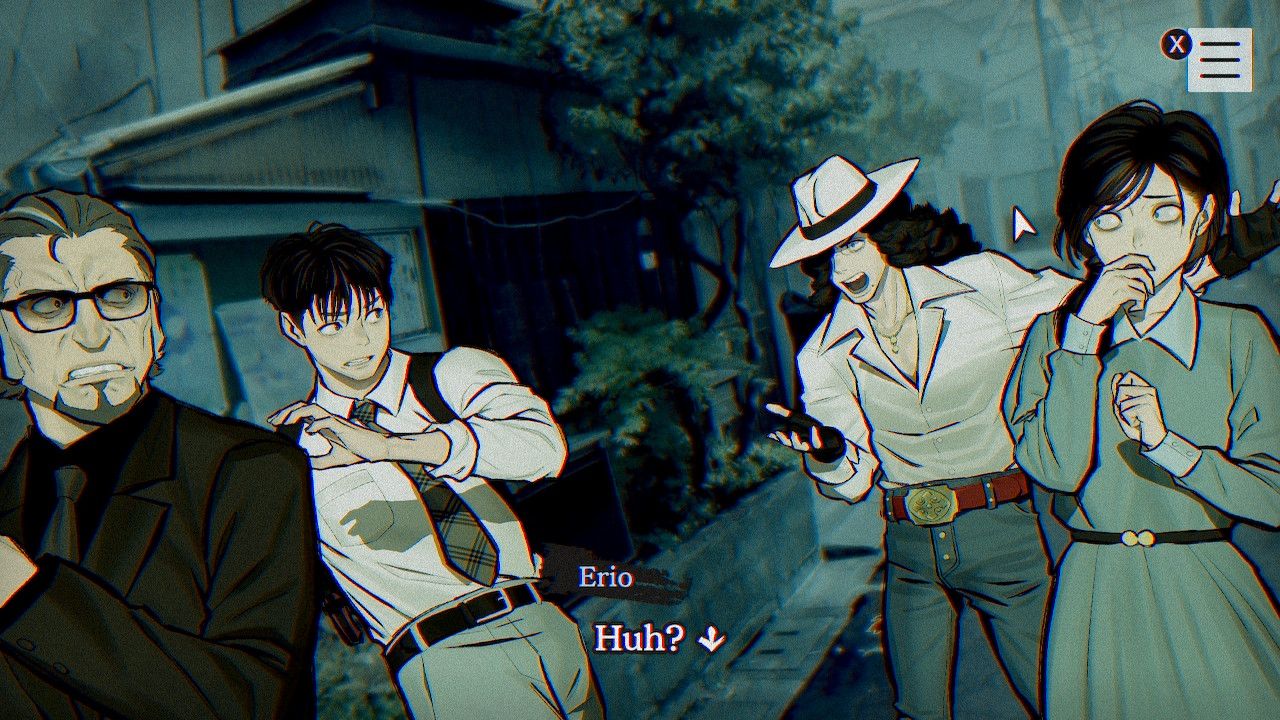


Vítor M. Costa: One of the immersive aspects of PARANORMASIGHT is its set design and mythology. The care given to the historical context of the sceneries in which the story takes place, in Sumida (Tokyo), is notable, in addition to historical references, such as the Ukiyo-e artistic movement and popular myths. What was the historical research process of these Japanese myths and the definition of the connection between them? And what motivated the specific choice of these “seven mysteries” (actually nine)?
Ishiyama-san: First of all, it is a rather obscure folklore that has not been dealt with in many other games, movies, dramas, etc., and the content of the folklore is vague in a positive sense, with many ambiguities and spaces, as well as no fixed stories or number of stories, so it was convenient for us to create our own interpretation. Since many people, even those who are Japanese, are not familiar with this folklore, it was necessary to explain it as concretely as possible, so ukiyo-e prints* and such were used. The local government of Sumida Ward also helped us by providing materials and supervising the project. In this way, we interweaved fictional and factual information to create a realistic story experience.
* Ukiyo-e, meaning "picture of the floating world" in literal terms, is a style of woodcut and painting that flourished in Japan from the 17th to the 19th century. It was primarily appreciated by the merchant class during the Edo period (1603–1867). Some of the most well-known subjects portrayed in ukiyo-e art include depictions of female beauty, kabuki theater, sumo wrestlers, historical events, popular legends (including those featured in the game PARANORMASIGHT), travel scenes, landscapes, wildlife, and erotica.
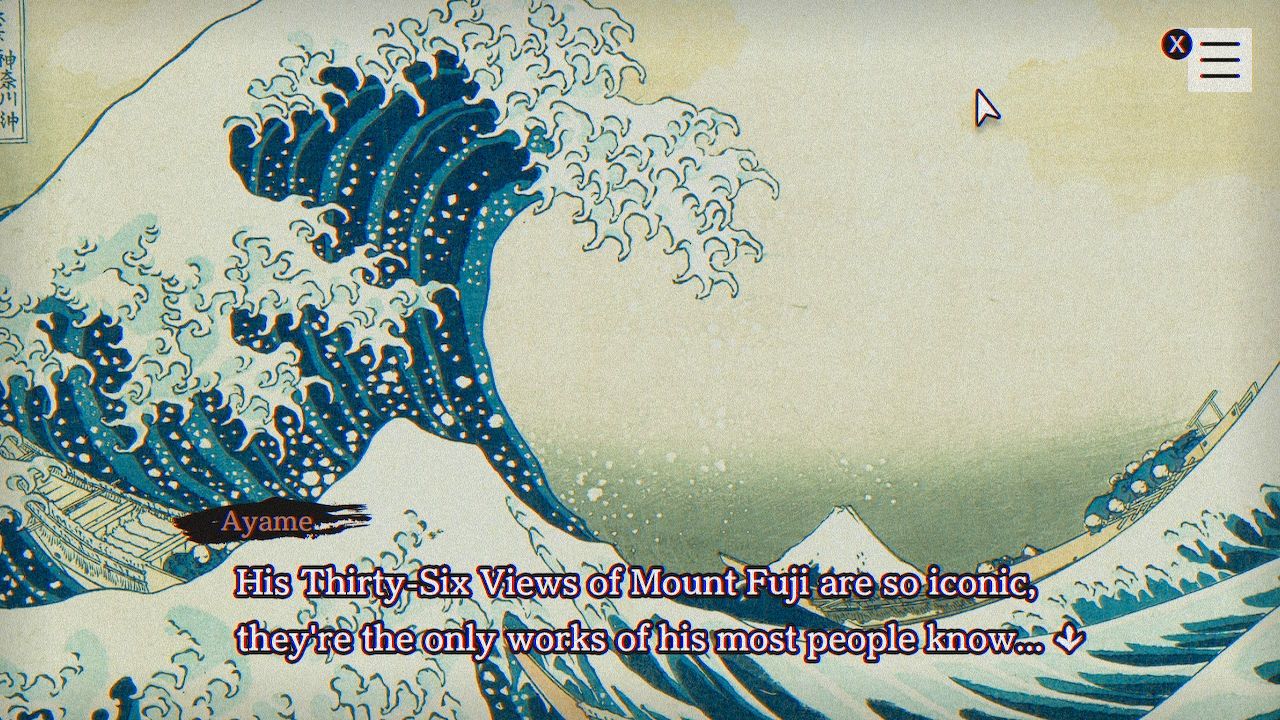

Final Thoughts
Personally, I found this interview to be a fascinating experience. As a fan of Japanese history, I was intrigued by the discussion of religious subjects and narrative design. I have long admired Kobayashi-san's character design, both in The World Ends With You and now in PARANORMASIGHT. I hope that this IP becomes a series and that we will see more visual novels of this caliber in the near future.
If you found this interview to be interesting, I highly encourage you to check out past interviews with other key Square Enix developers, such as those behind NieR: Automata (Yoko Taro, Keiichi Okabe and Yosuke Saito) and Various Daylife (Tomoya Asano and Masaaki Hayasaka).
Thank you to Square Enix Latam for yet another great interview opportunity and Nintendo Blast for allowing me to publish the original text here in English.
